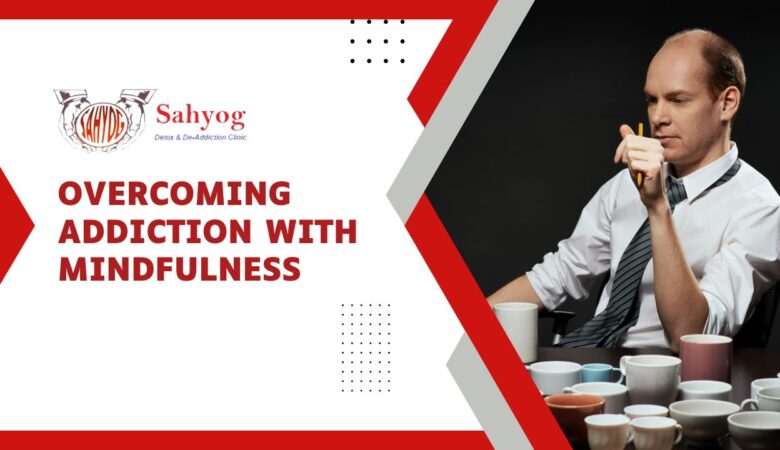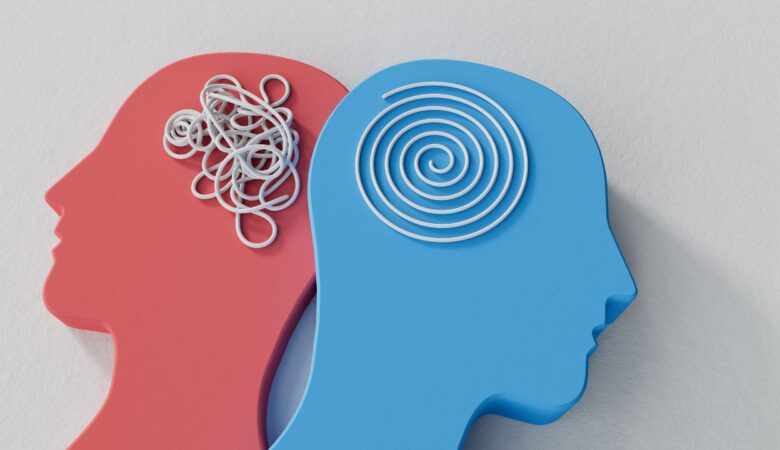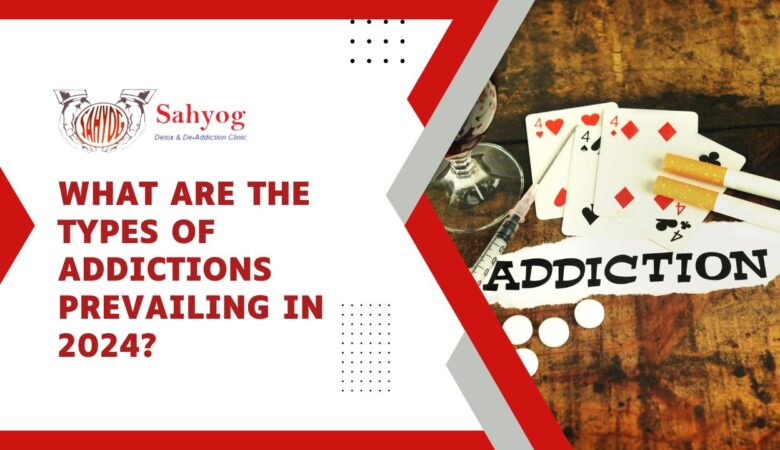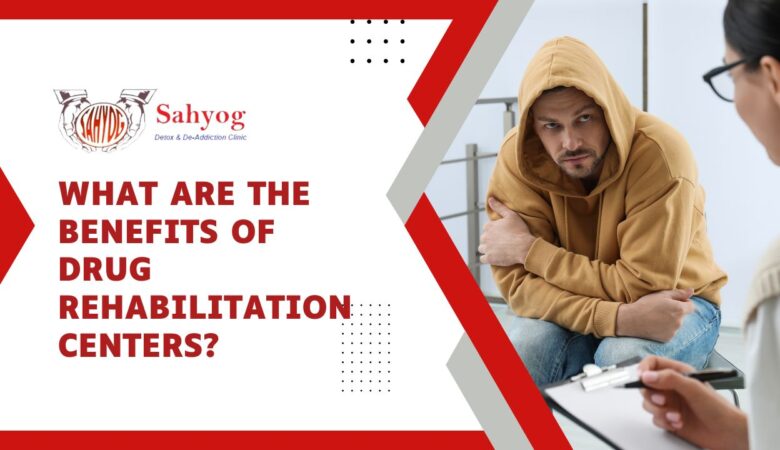Overcoming Addiction with Mindfulness
Imagine a life where you are no longer controlled by the grips of addiction. Picture a world where peace and freedom reign supreme, allowing you to live each day with clarity and purpose. This may seem like an unattainable dream for many battling addiction, but through the power of mindfulness, it can become a reality. In this blog post, we will explore how incorporating mindfulness practices into your daily life can help you overcome addiction and find true liberation from its chains. Let’s embark on this transformative journey together! Understanding Addiction Addiction is a complex and multifaceted issue that affects individuals from all walks of life. It goes beyond mere physical dependence on substances or behaviors; it often stems from deeper emotional and psychological factors. Many people turn to addictive substances or activities as a way to cope with stress, trauma, or underlying mental health issues. The cycle of addiction can be relentless, trapping individuals in a never-ending spiral of cravings and destructive behaviors. It can take a toll on relationships, work, and overall well-being. Understanding the root causes of addiction is crucial in breaking free from its grasp. It’s important to recognize that addiction is not a moral failing but rather a chronic disease that requires support and treatment. By approaching addiction with empathy and understanding, we can pave the way for healing and recovery. Factors That Contribute to Addiction There are various factors that can contribute to the development of addiction. These include: Genetics: Research has shown that genetics play a significant role in addiction. People with a family history of addiction are more likely to develop addiction themselves. Environment: Environmental factors, such as exposure to substance use or living in a high-stress environment, can also contribute to the development of addiction. Trauma and Adverse Childhood Experiences (ACEs): Traumatic experiences or ACEs, such as abuse, neglect, or witnessing violence, can increase the risk of developing addiction later in life. Mental Health Issues: Many people struggling with addiction also have underlying mental health issues, such as depression, anxiety, or PTSD. Peer Pressure: People may turn to addictive substances or behaviors due to peer pressure and wanting to fit in with a certain group. Coping Mechanisms: Some individuals may use addictive substances or behaviors as a way to cope with stress, trauma, or difficult emotions. Accessibility: Easy access to drugs or alcohol increases the likelihood of developing an addiction. Breaking the Cycle of Addiction Breaking free from an addiction is not easy and often requires professional help and support. However, there are steps that individuals can take to break the cycle of addiction: Seek Help: The first step in overcoming addiction is recognizing that there is a problem and seeking help from a professional therapist or treatment center. Identify Triggers: Understanding one’s triggers for substance use or addictive behaviors can help individuals avoid or manage them. Develop Healthy Coping Mechanisms: Finding healthy ways to cope with stress, trauma, and difficult emotions is crucial in breaking the cycle of addiction. This could include therapy, exercise, mindfulness practices, or hobbies. Build a Support System: Having a strong support system of friends, family, and peers who understand and support recovery can make a significant difference in overcoming addiction. Practice Self-Care: Taking care of oneself physically, emotionally, and spiritually can help individuals maintain their sobriety and overall well-being. Addiction Recovery Takes Time It’s important to recognize that recovery from addiction takes time and is not a linear process. Relapse is common and should not be seen as a failure but rather an opportunity to learn and try again. Recovery involves committing to long-term changes and ongoing support. If you or someone you know is struggling with addiction, know that there is hope and help available. Speak to a therapist, seek support from loved ones, and never give up on the journey towards recovery. The Role of Mindfulness in Recovery Addiction recovery is a complex journey that involves both physical and mental healing. Mindfulness plays a crucial role in this process by helping individuals become more aware of their thoughts, emotions, and behaviors. By cultivating mindfulness, individuals can develop the ability to observe their cravings without judgment or acting on them impulsively. Mindfulness also helps in building resilience against triggers that may lead to relapse. By practicing mindfulness techniques such as deep breathing or body scans, individuals can better cope with stress and negative emotions that often contribute to addictive behaviors. Incorporating mindfulness into daily life can create moments of pause and reflection, allowing individuals to respond thoughtfully rather than react impulsively. This increased self-awareness can help break the automatic patterns associated with addiction. By integrating mindful eating practices into their routine, individuals in recovery can develop a healthier relationship with food and nourish their bodies mindfully. This awareness extends beyond mealtime and encourages a deeper connection to one’s body and its needs through attentive presence. The practice of mindfulness not only supports addiction recovery but also offers numerous other benefits such as reduced anxiety, improved mood regulation, and enhanced overall well-being. It empowers individuals to cultivate self-compassion and acceptance while fostering a sense of inner peace amidst life’s challenges. How Mindfulness can Help with Cravings and Relapse Prevention Mindfulness can be a powerful tool in helping individuals manage cravings and prevent relapse during addiction recovery. By practicing mindfulness, individuals can become more aware of their thoughts, emotions, and physical sensations without judgment. When a craving arises, instead of reacting impulsively, mindfulness encourages individuals to pause and observe the craving with curiosity. This allows them to acknowledge the craving without feeling overwhelmed by it. Through mindfulness techniques such as deep breathing or body scanning, individuals can learn to ride out the wave of cravings without giving in to them. By staying present in the moment and focusing on their breath or bodily sensations, they can create space between the urge to use substances and their actions. Mindfulness also helps individuals identify triggers that may lead to cravings, allowing them to develop healthier coping mechanisms.









